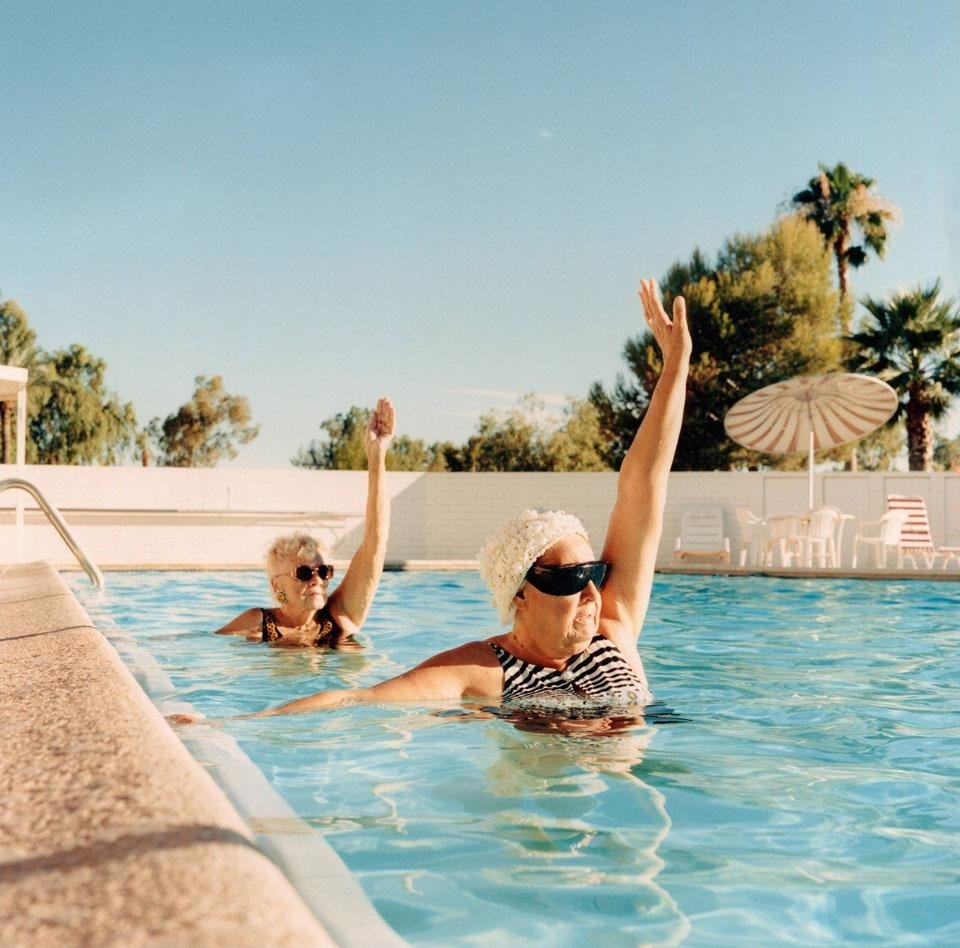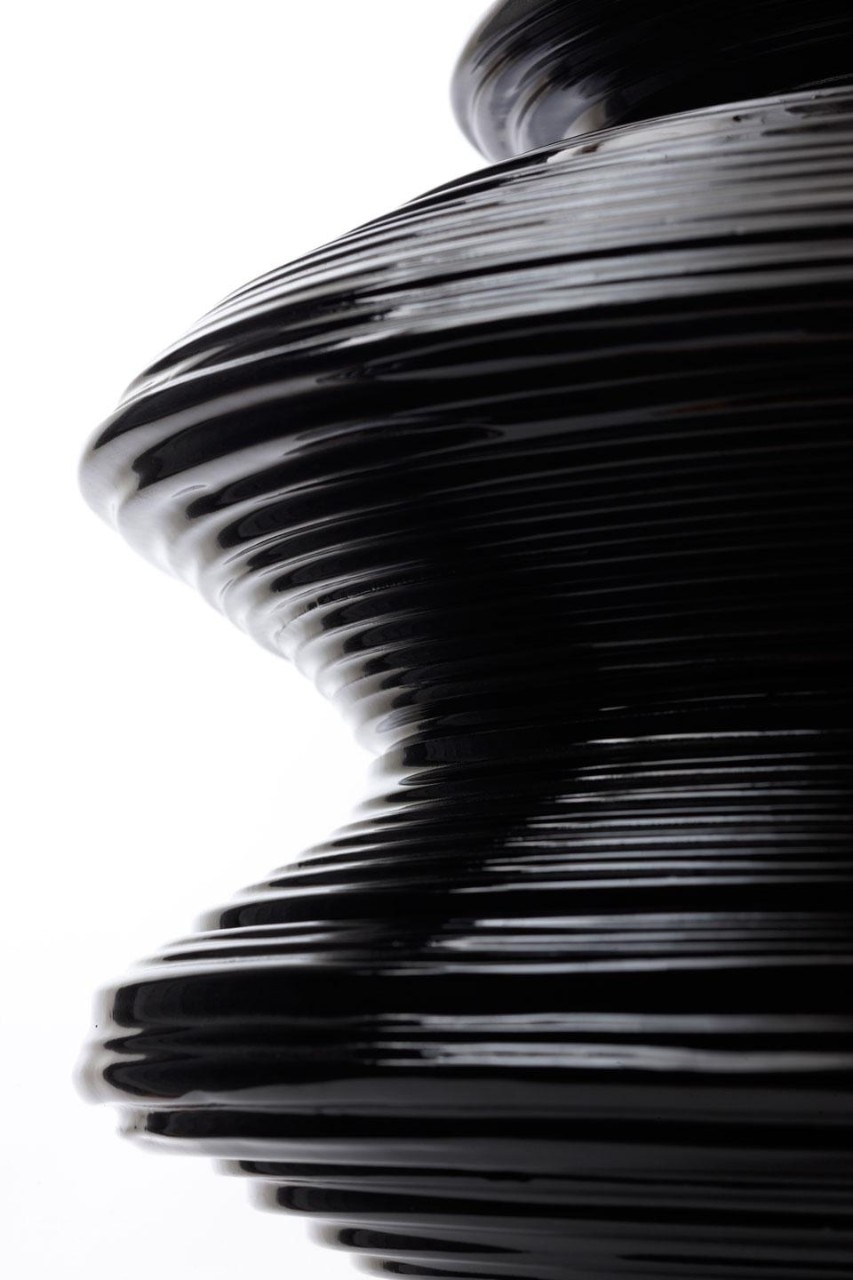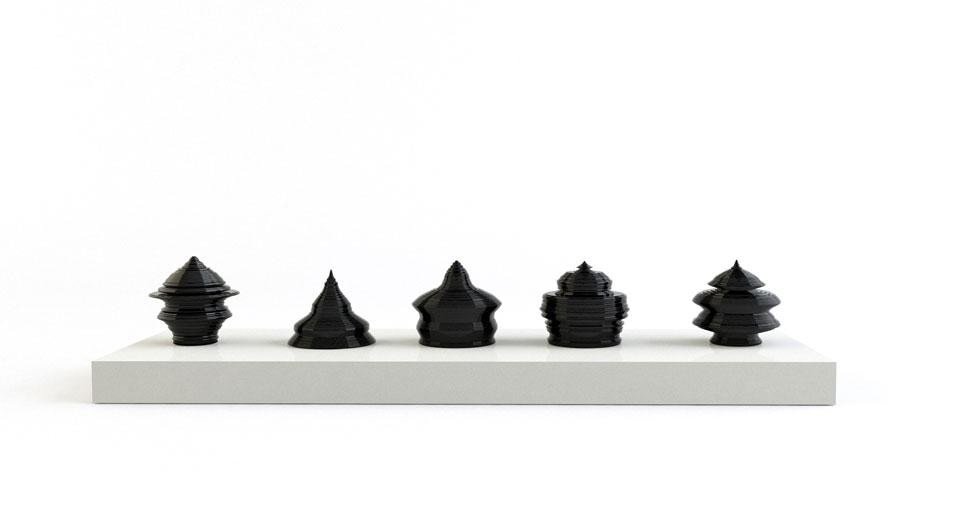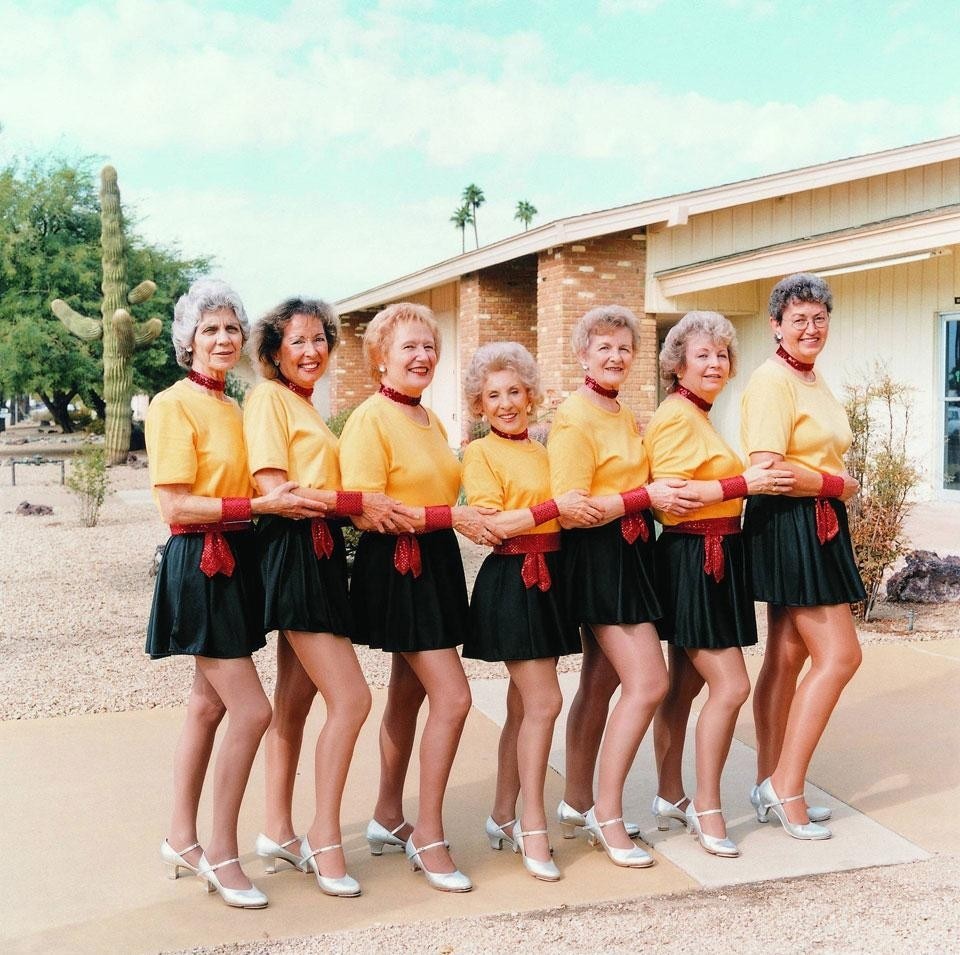This article was originally published in Domus 959 / June 2012
Design for Eternal Youth
A new discipline is afoot in our cities and slowly introducing a different, minute form of physical order that is invisible to the perpendicular eye of Google Earth. This new discipline levels steps, flattens surfaces and widens doorways, provides handles and rounds off corners. It proceeds with sartorial care, tailoring spaces and modelling objects to fit a new social subject: the elderly.
In 1993, Italy became the first country in the world to have more elderly people in its population than children. This unprecedented demographic turnaround was to herald a crisis in the assumptions that until then had underpinned notions of the welfare state. Previously, it was thought that the working-age population, historically in the majority, could support the growth and education of their children as well as the maintenance of the elderly through the productivity of their labour.

In a reversed world like ours, where old people outnumber children, the design paradigm is shifting from macro to micro, city to spoon, welfare state to diy. As Buckminster Fuller and Reyner Banham predicted in the 1960s, it isn't major infrastructure that will change our world — and not just because we can't afford it any more. Instead, it is devices, trim tabs or gizmos, as Fuller and Banham provocatively called them: lesser objects, tools and devices with the capacity to bypass, subvert or improve the shortcomings of a welfare state thrown into crisis by an ageing population.

Design is carving a new role for itself, away from the domestic economy and the salons, to face a socially scaled economy where marketing comes before politics. The necessities of a society — faced with a steadily growing proportion of old people and the increasing difficulty of caring for them — have prompted a transformation from the welfare state to a market opportunity. It is by now cheaper and much more effective to develop an app that will enable a doctor to check a patient's health from a distance and to examine patients at home, instead of having to open a surgery; and it is simpler and more gratifying to adapt a piece of furniture, a route, a kitchen or a bathroom, than to have to move into a care home.
The system that defines the whole built environment is being redesigned to a minimum, new cognitive and psychomotory standard, so as to habilitate and render self-sufficient as many people as possible. An idea of space is thus created which geriatricians call prosthetic. The ageing of a population is a consequence of modernity, and it is as if its functionalist assumptions had aged too. The "machine for living" is today a "machine to enable living (despite everything)" and to continue to do so for as long as possible. Prosthetic space is a habilitating space. In his famous essay of 1925 titled L'art decoratif d'aujourd'hui, Le Corbusier described objets membres humains as standard objects responding to standard needs and capable of functioning as liberating branches of our limbs ("chairs for sitting, tables for working, lamps for lighting, machines for writing"). Today these objects respond to a new functionality: chairs to enable sitting, tables to enable work, lamps to enable lighting, machines to enable writing.
It is by now cheaper and much more effective to develop an app that will enable a doctor to check a patient's health from a distance and to examine patients at home, instead of having to open a surgery

On the other hand, the most human and universal right is that of being able to be different from everyone else, each according to their desire and in their own idea of coolness, but all equal in the chances offered by life. Design is faced with an arduous task: besides being sustainable for future generations, it must keep today's generations young and healthy. Antonio Scarponi (@scarponio)


